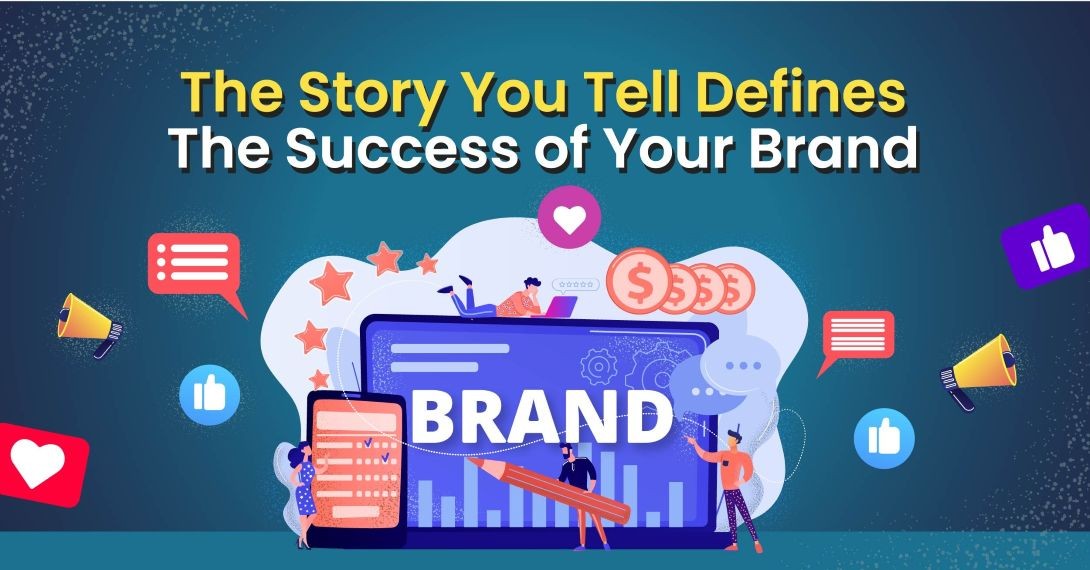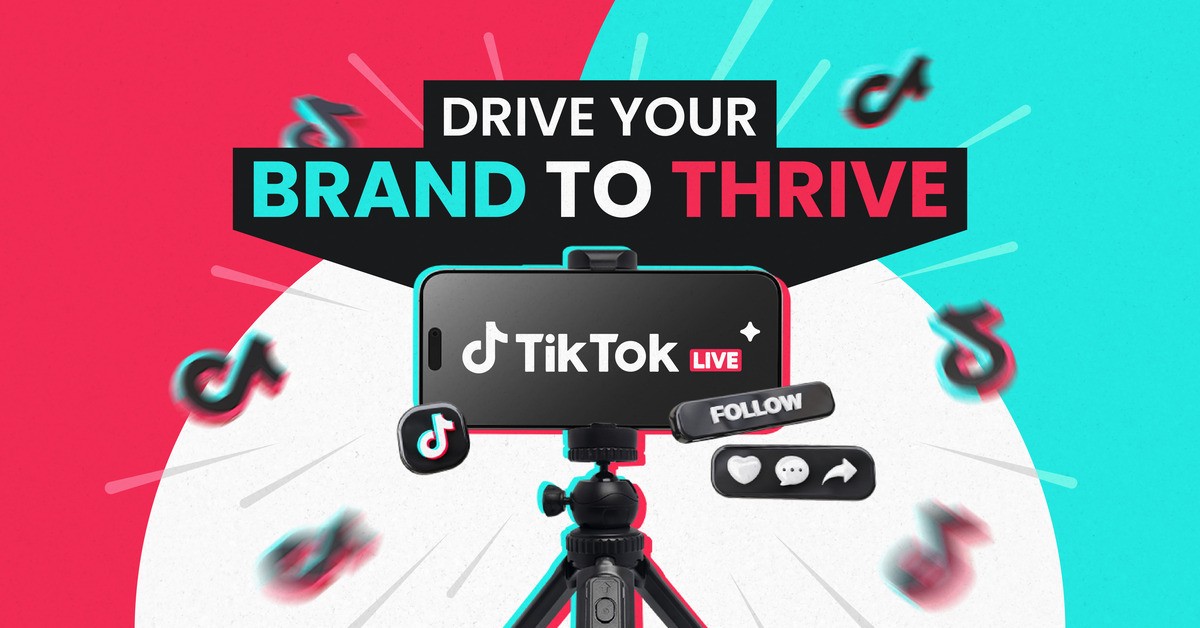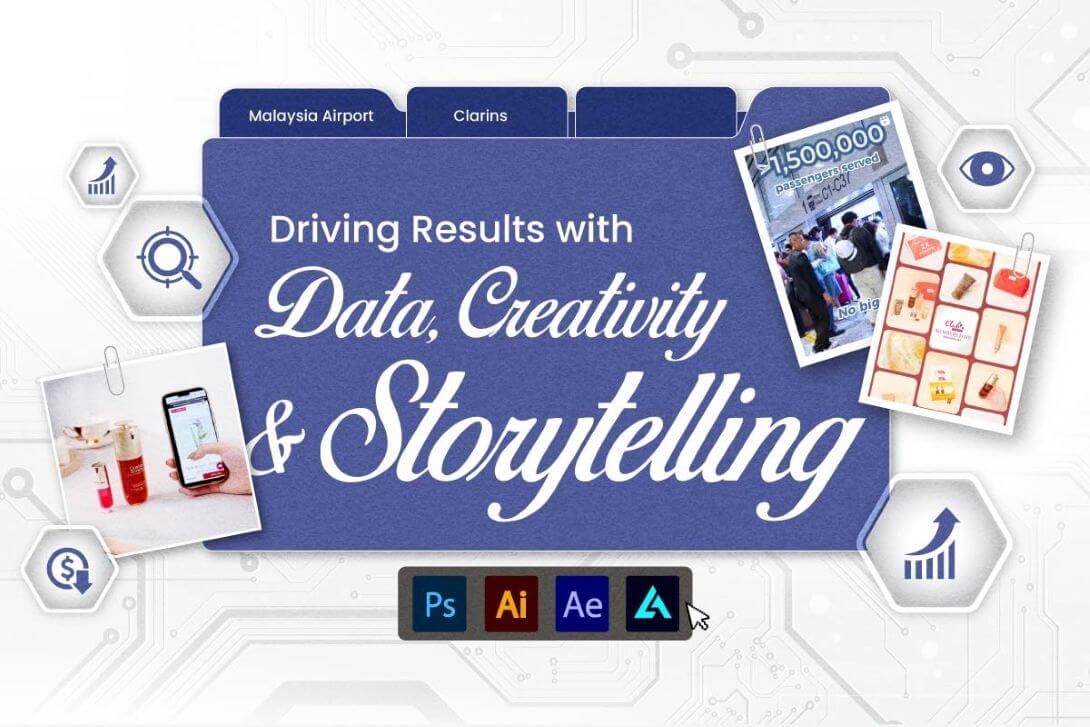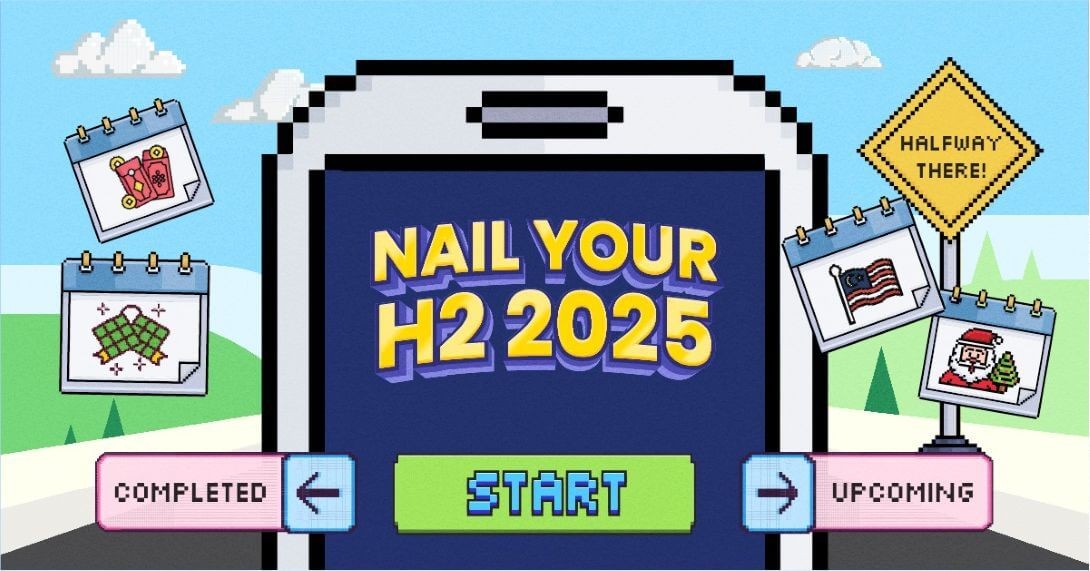Most brands are not that great at telling strong stories. Ask yourself this: How often do you fall into the hard-sell-salesman trap of over-emphasising your "brand" component, like your logo and products? If you are guilty of making your brand marketing all about you, let’s have a moment of silence before we continue.
Now, that’s not how marketing works. Effective marketing is when a brand is being both profitable and human to those they’re speaking to. In a fast-paced digital world where brands can no longer be faceless entities, good brand storytelling goes beyond just a differentiator from competitions, but also a means to connect with the audiences at a deeper level and tug at their heartstrings.
But, what is brand storytelling?
Kaitin Loyal, on the Scribewise blog entitled Brand Storytelling, Defined1, suggests that: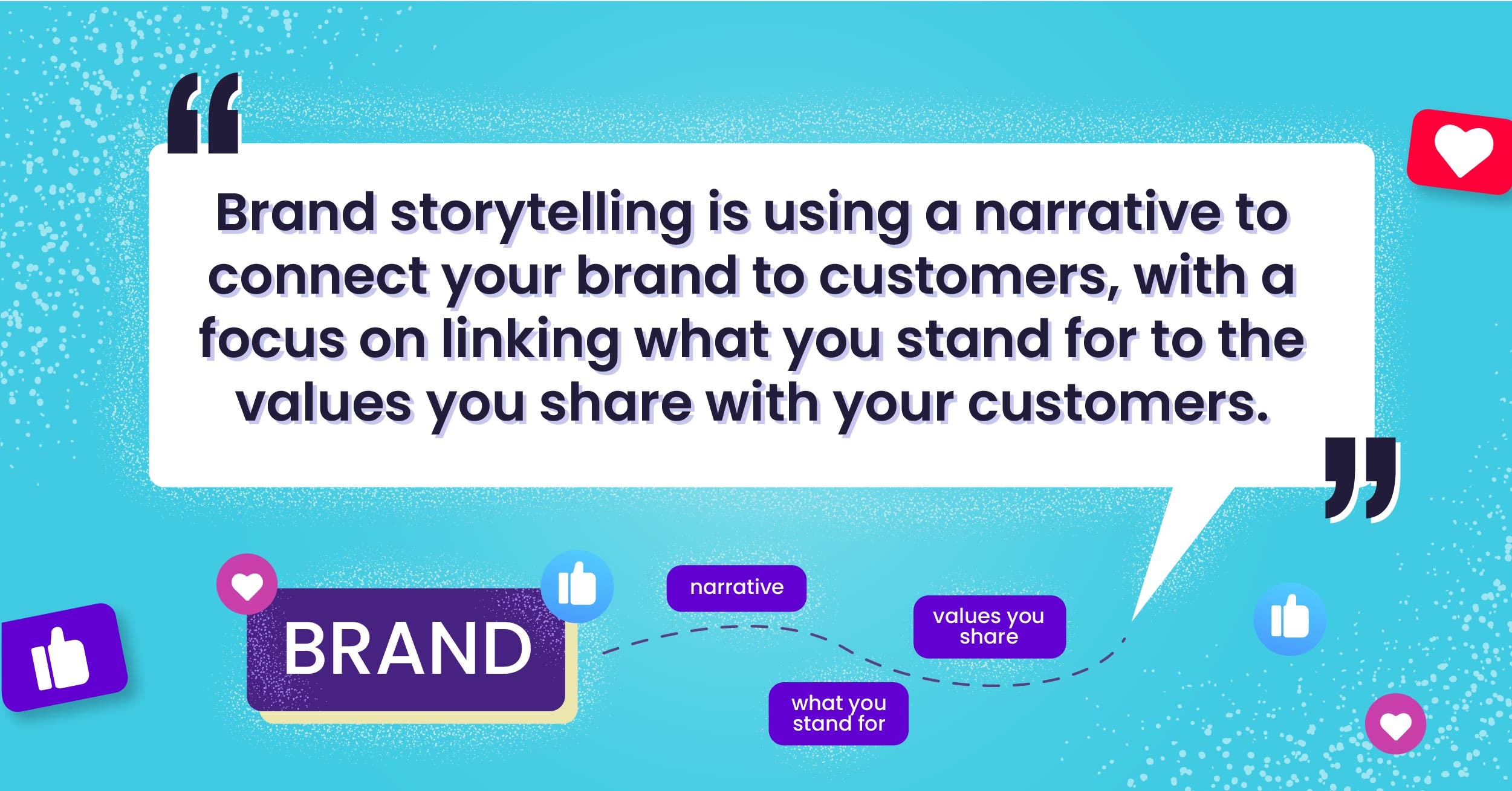
There are a few key elements to highlight from this definition:
- By “narrative”, it means the elements of your story2. A story with structure, setting, characters, and a plot that brings it all together.
- By “what you stand for”', it means the essence of your brand. Beyond products and profit, it is the core of your business, the reason that started it all, and the driving force that differentiates you from competitions.
- By “values you share”, it means the principles your brand embraces and the character traits that truly reflect who you are.
Debbie Williams, on Find the Heart of Your Brand Storytelling with These 6 Questions3, echoes Kaitlin’s sentiments by sharing that “a brand story is made up of all that you are and all that you do… it’s why you exist.”
For a brand story to work, it must go beyond a brand’s products and services. “You have to create something that they [members of your audience] want to be a part of and show that you really ‘get’ who they are and what they need,” writes Debbie.
So, how exactly do brands tell good stories?
The first step is to take the “brand” out of brand storytelling, and the idea is to let go of your brand ego to be exactly who you are. Why? Because your audiences, not your brand, are in control. They don’t need to listen to your brand, but they can choose to, if your brand means something to them.
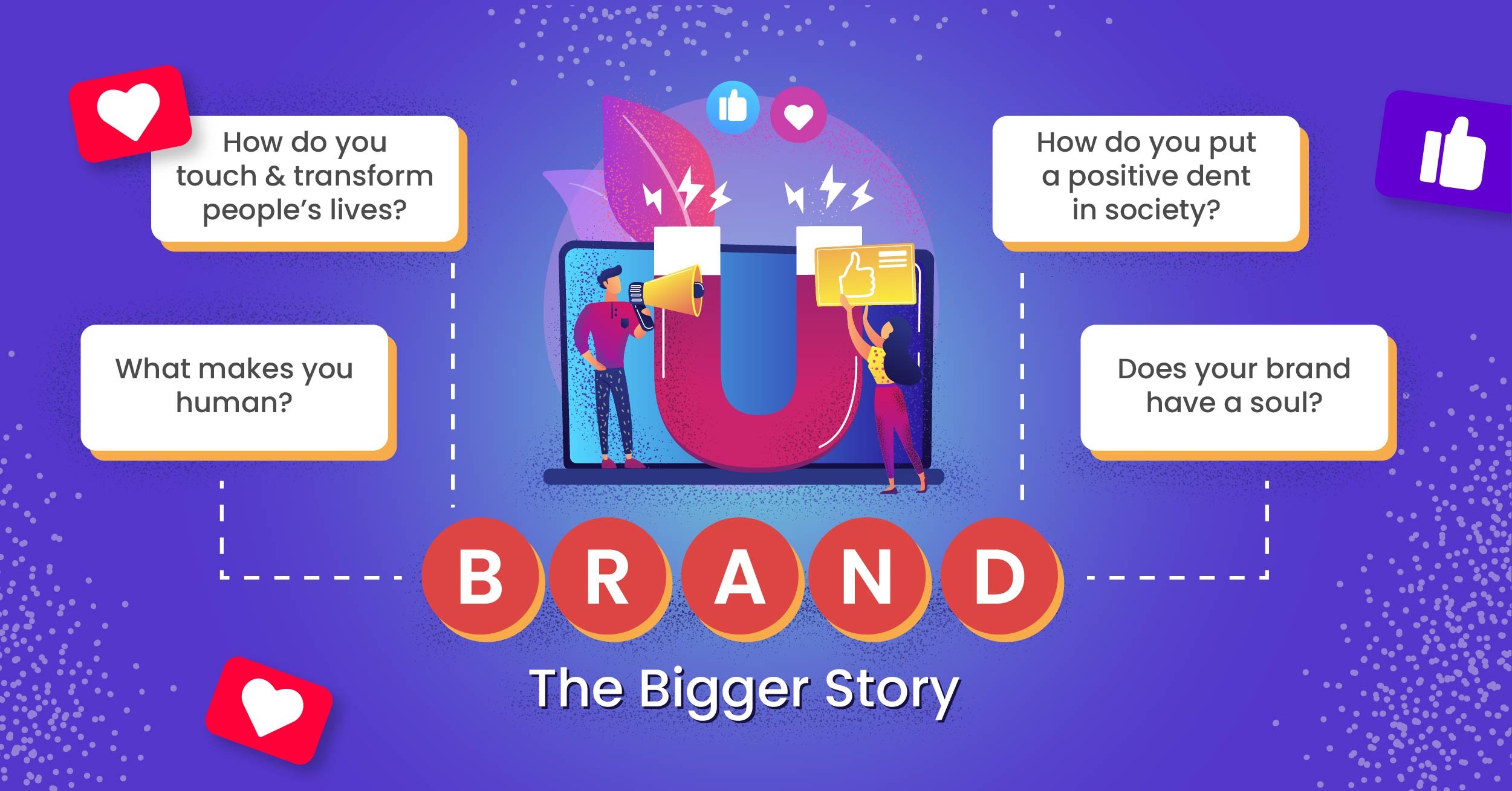
When marketing your brand, never forget about the bigger story4: What makes you human? How do you touch and transform people’s lives? How do you put a positive dent in society? In short, does your brand have a soul?
Stories, as we know them, have been scientifically proven to grab people's attention and stimulate brain activity. That can’t happen if your content is plainly about how obvious your brand logo or product is. When you first serve your audiences with value through stories, you lead with the audiences’ needs and your brand eventually follows.
On account of this, while everyone has a story to tell, how can brands, including yours, find and draw out strong brand stories?
Consider data-driven brand storytelling
In Speaking Their Languages: How to Engage Different Audiences With Meaningful Content5, Annie Granatstein, head of The Washington Post’s BrandStudio—that creates investigative pieces for brands, explains how her team uses data to tell brand stories.
Their key to identifying the sweet spot of brand storytelling is to establish where cultural insights, brand insights, and editorial insights meet. The three-road intersection where data meets can be derived from performance data of traditional newsrooms or custom content; and testing everything in a UX lab to see how readers engage with the content.
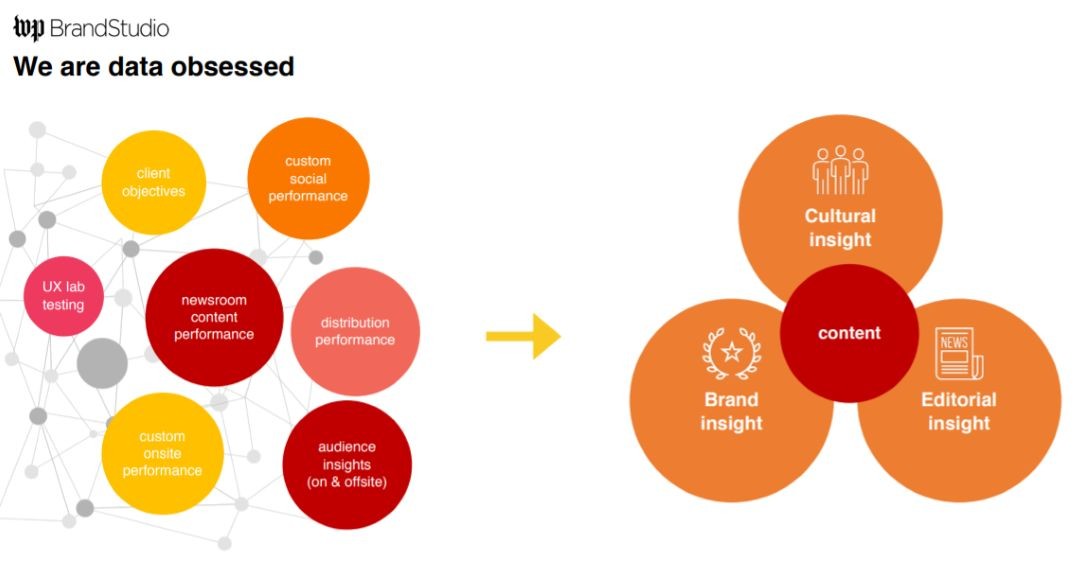
Source: WP BrandStudio.
Annie talks about a brand storytelling campaign they did with Optum, a pharmacy benefit manager that’s part of UnitedHealth Group, and found that:
- Cultural insight – Every 13 minutes, someone dies from an opioid overdose in the United States.
- Editorial insight – The Washington Post had over 600,000 page views from the top five opioid-related stories in a year.
- Brand insight – Optum uses an evidence-based approach to fight the opioid epidemic.
These insights led to this multimedia piece, Working To End The Epidemic6, centred on a Massachusetts town with the highest rate of opioid overdoses. This piece alternated between information (e.g., how do opioids work on the brain and body) and emotional stories (e.g., interviews of people struggling with addiction as well as their caregivers), gaining high organic traffic and engagement, even recognised with marketing industry awards.
This concept is similarly and locally applied by NIVEA MEN7, when they identified the cultural insight that 20 to 35-year-old working men struggle to keep up with personal grooming; the editorial insight that most men were less interested in skincare conversations or advertising but more passionate about activities such as sports; and the brand insight that NIVEA MEN is able to provide products for users to put on and feel confident with better skin. These insights, too, led to a successful 3-year MYPadang campaign where they organised an open football tournament, with all finalists getting a NIVEA MEN makeover to be camera-ready.
Dear brands, what is your story?
The critical first step is to define and document your why. Simon Sinek’s Start With Why8 and his famous TED Talk quote, “People don’t buy what you do, they buy why you do it. And what you do simply proves what you believe” perfectly encapsulates the fundamentals of good brand storytelling. Let your why, the sweet spot of your brand, be the reason that leads your audience to your how—not the other way around.
How are your brand storytelling efforts coming along and what have been your biggest challenges? It is never too late to find your brand story. If you are ready to explore how WEBQLO can elevate your brand and marketing through storytelling and data-driven insights, let’s talk.
